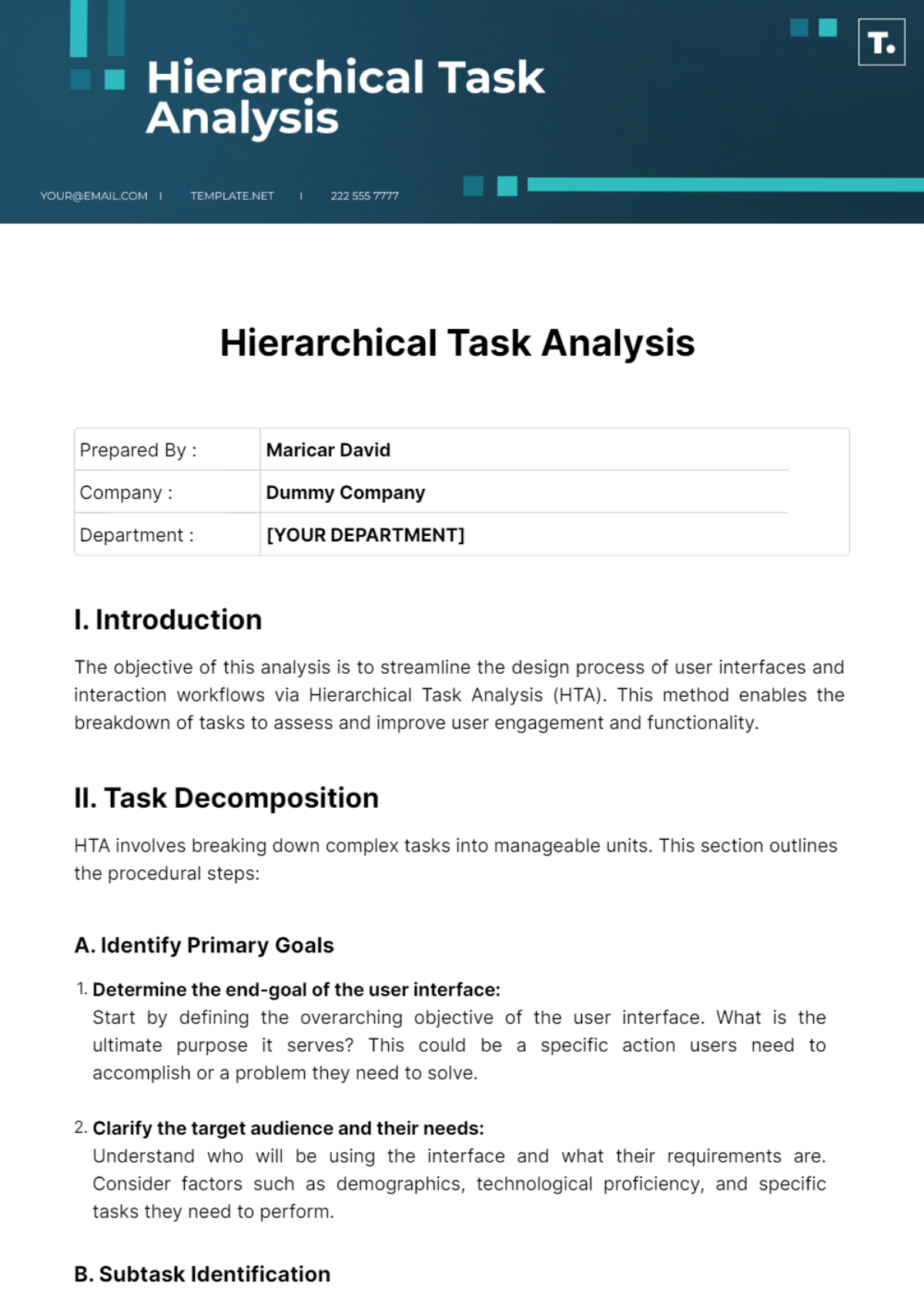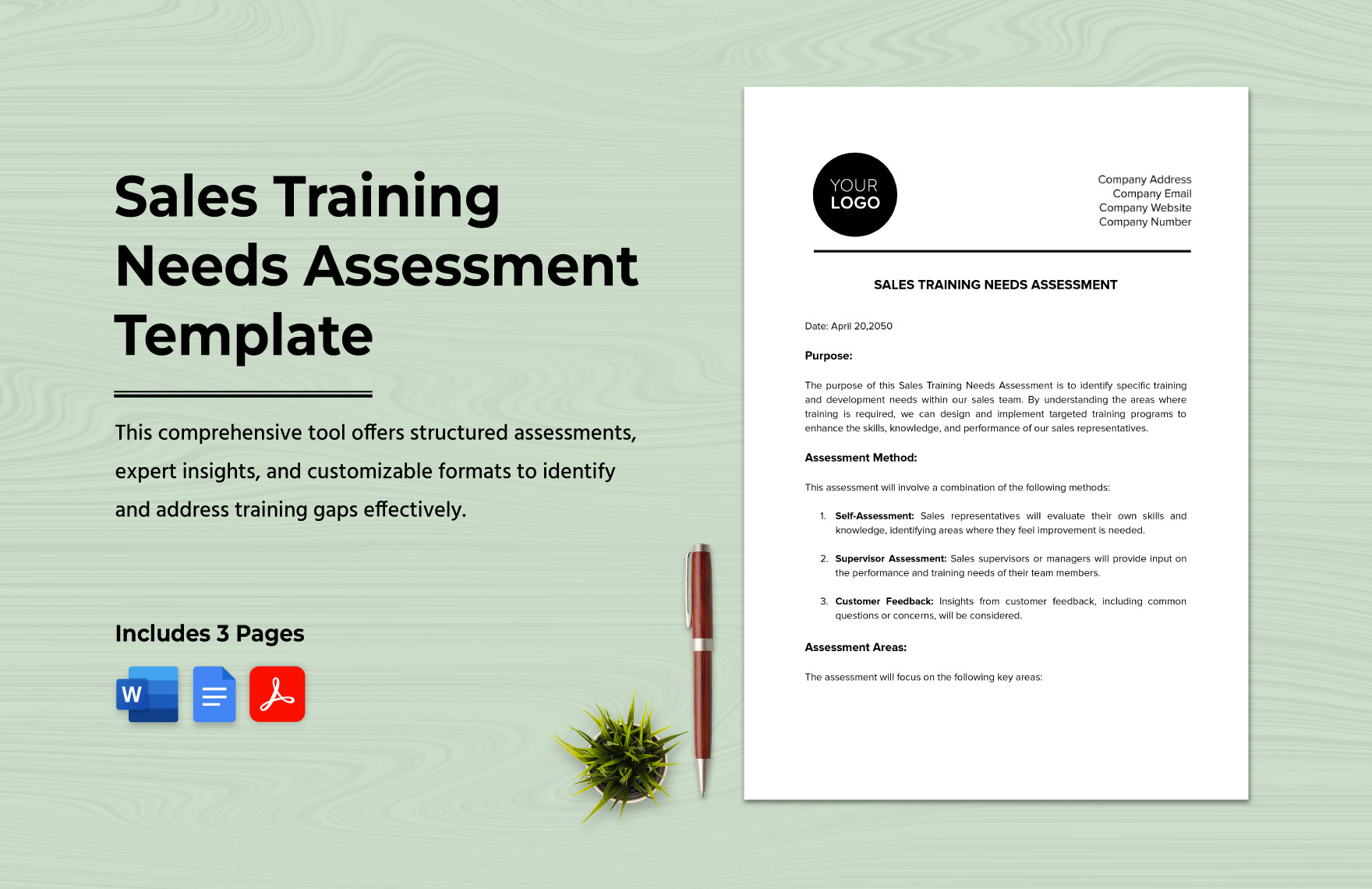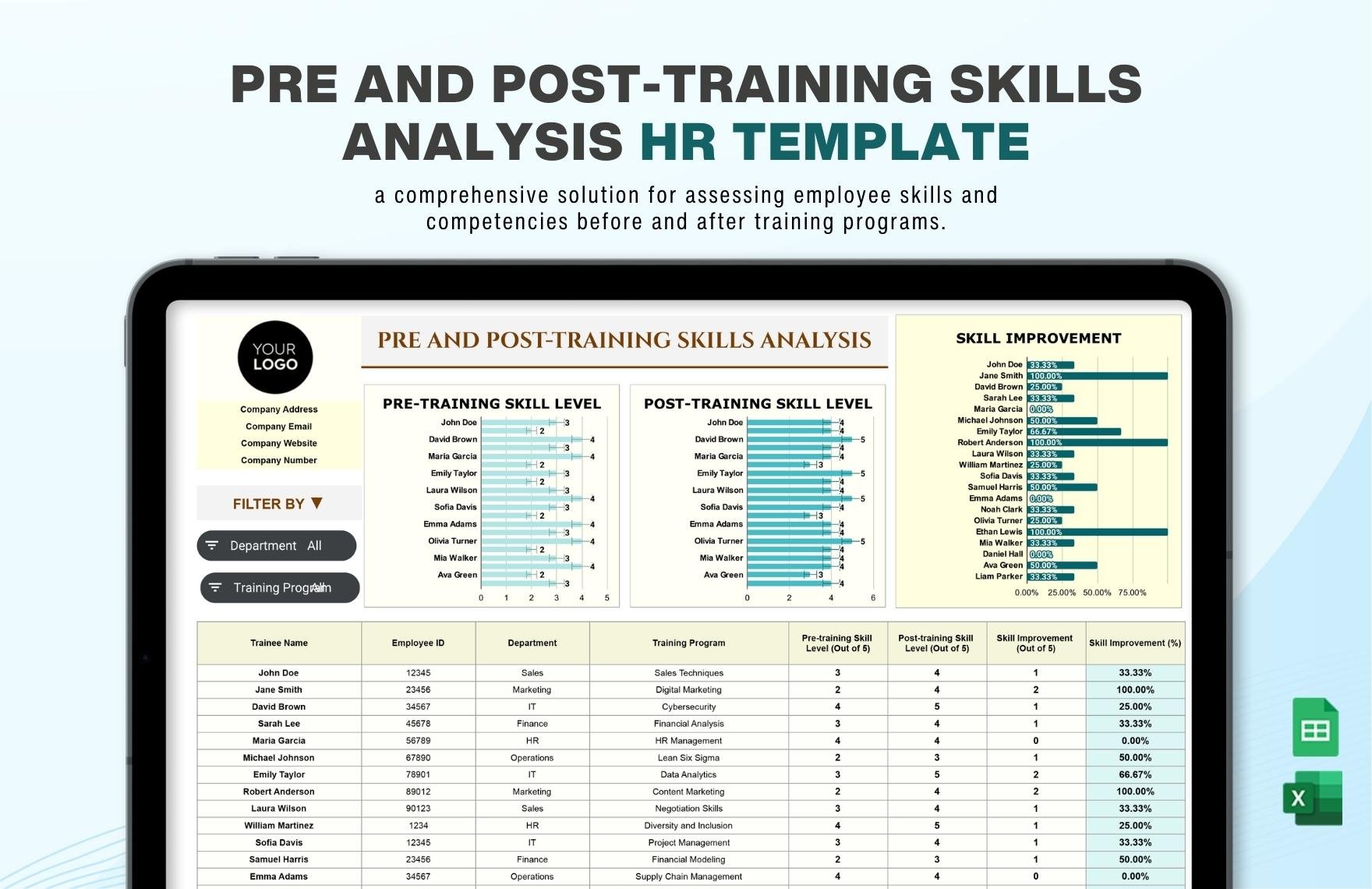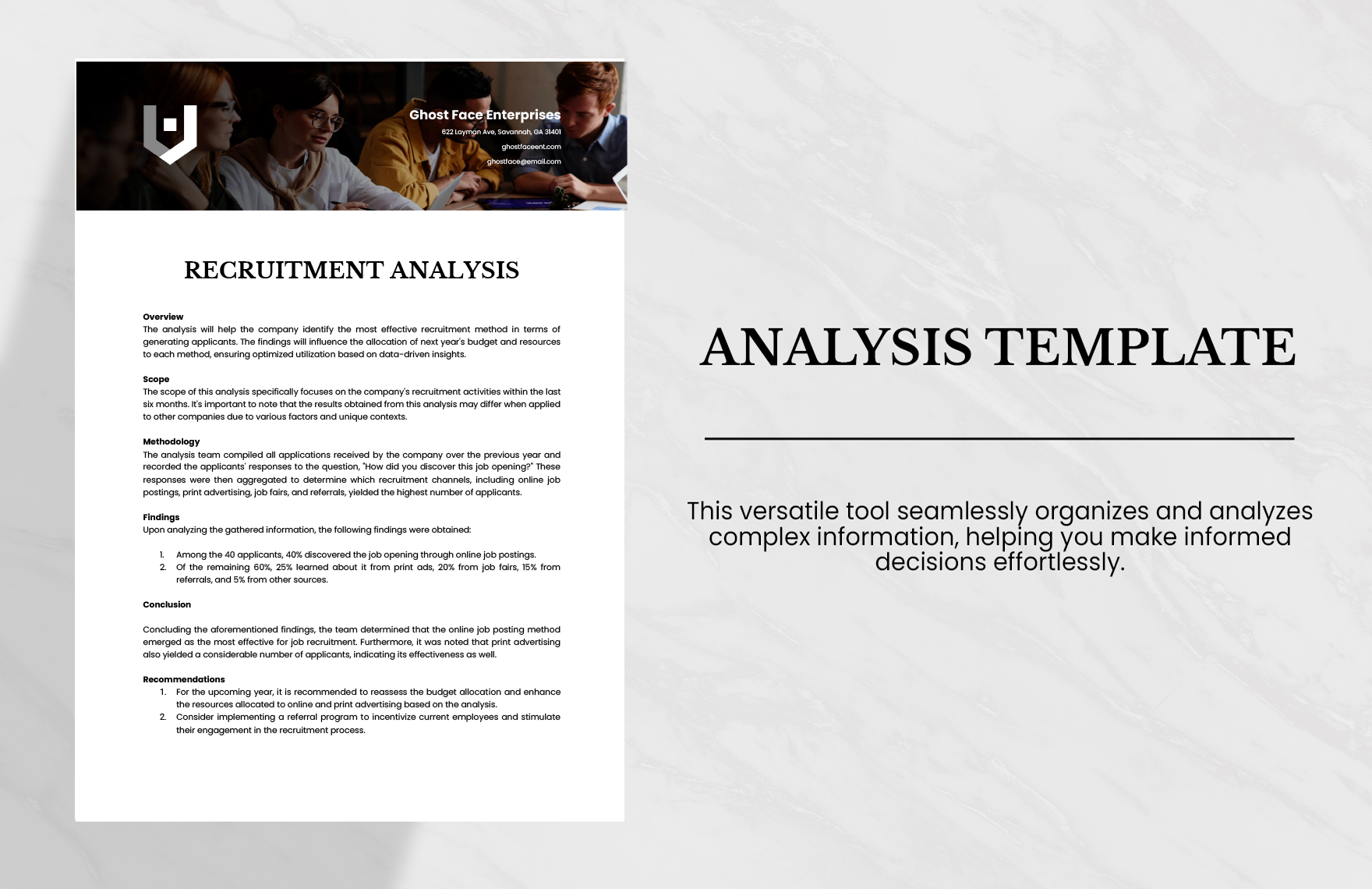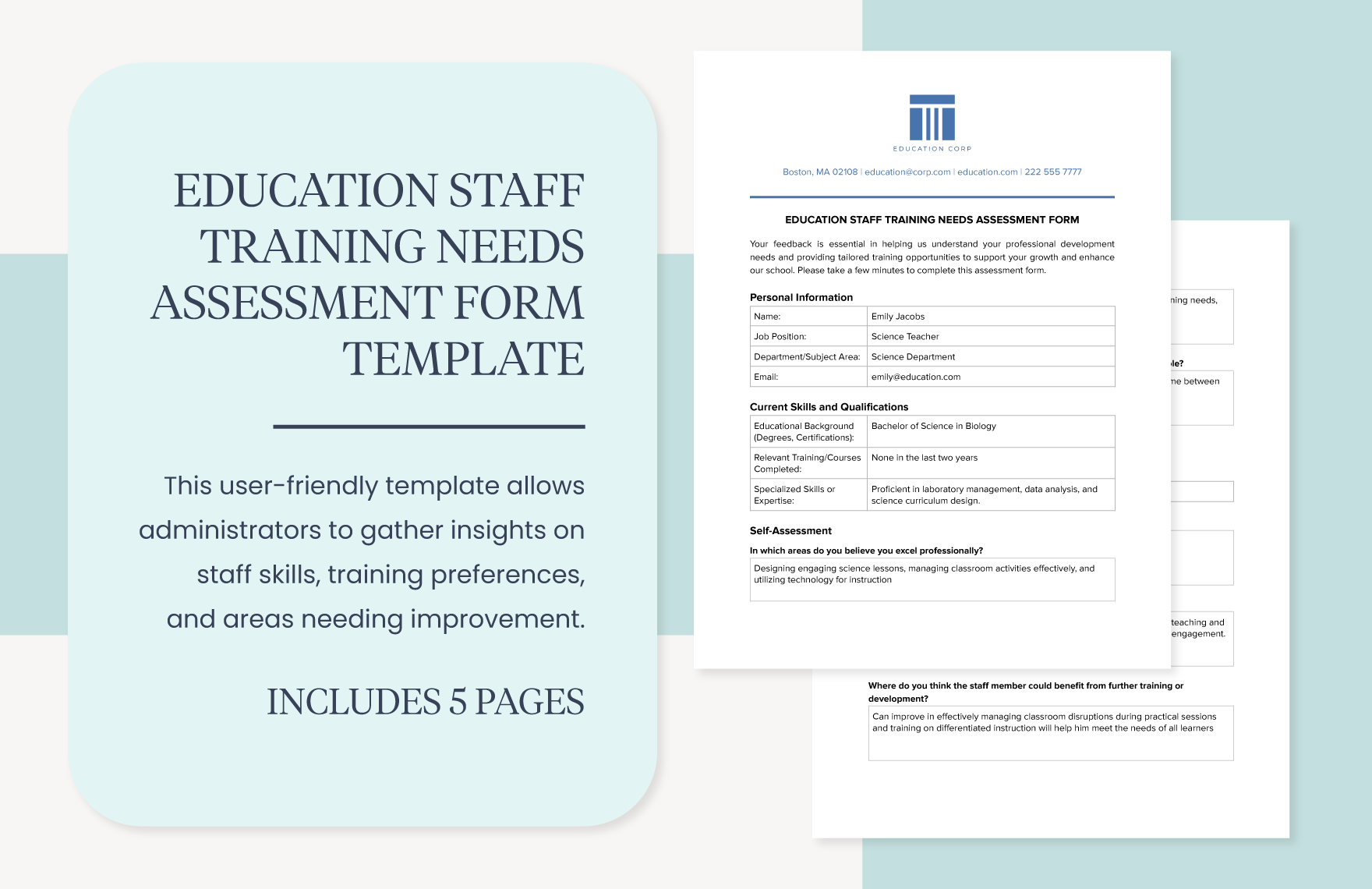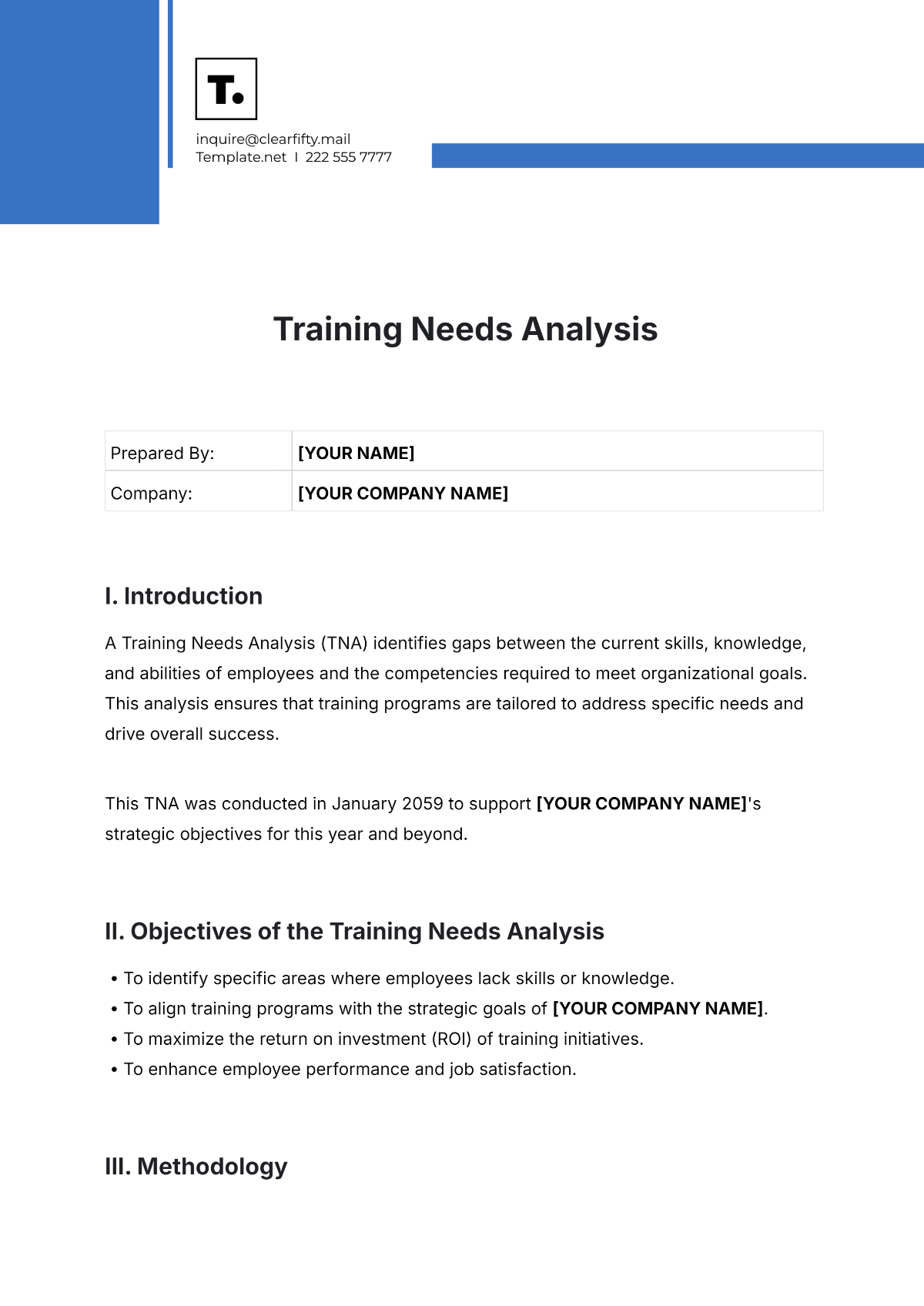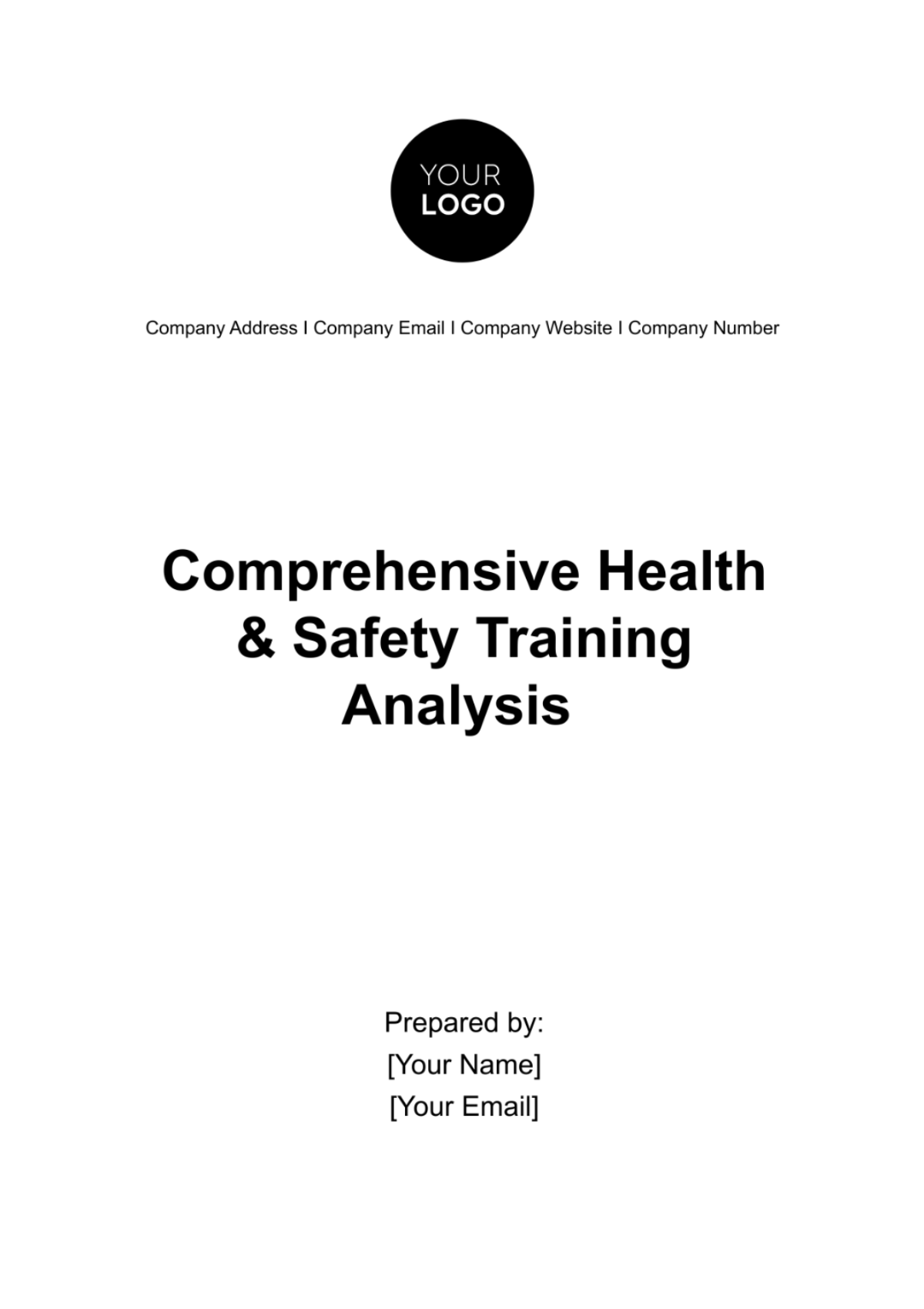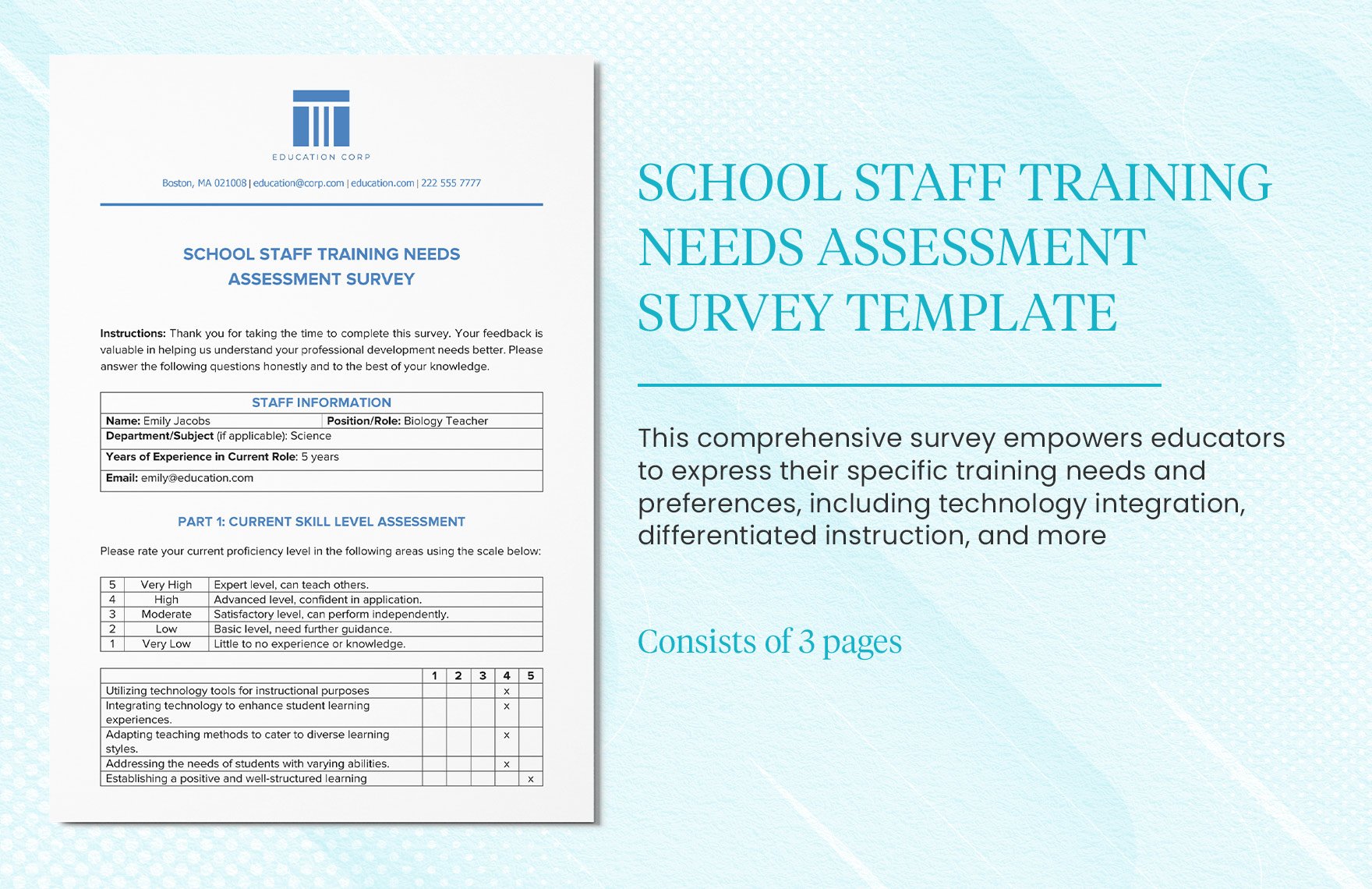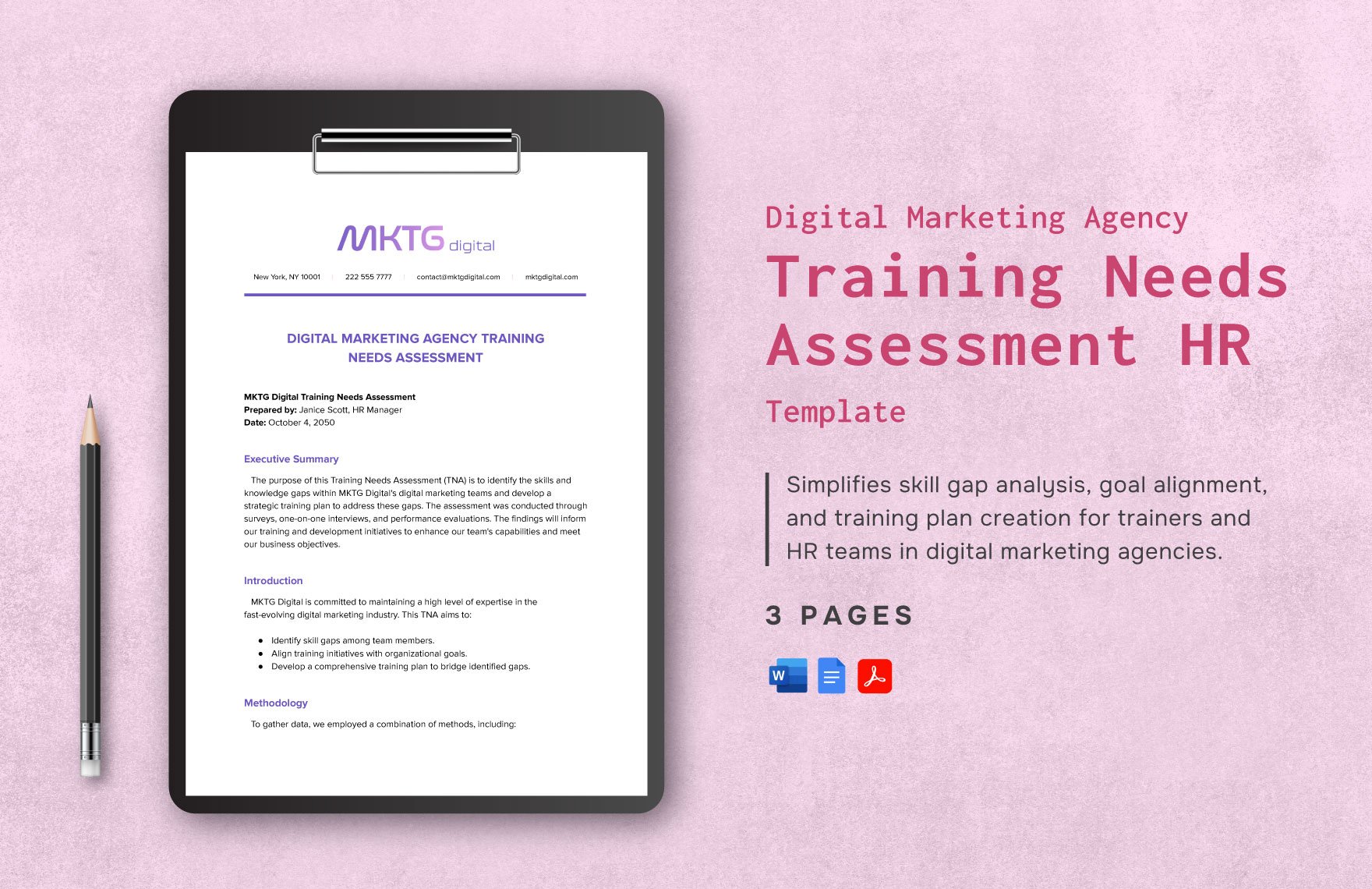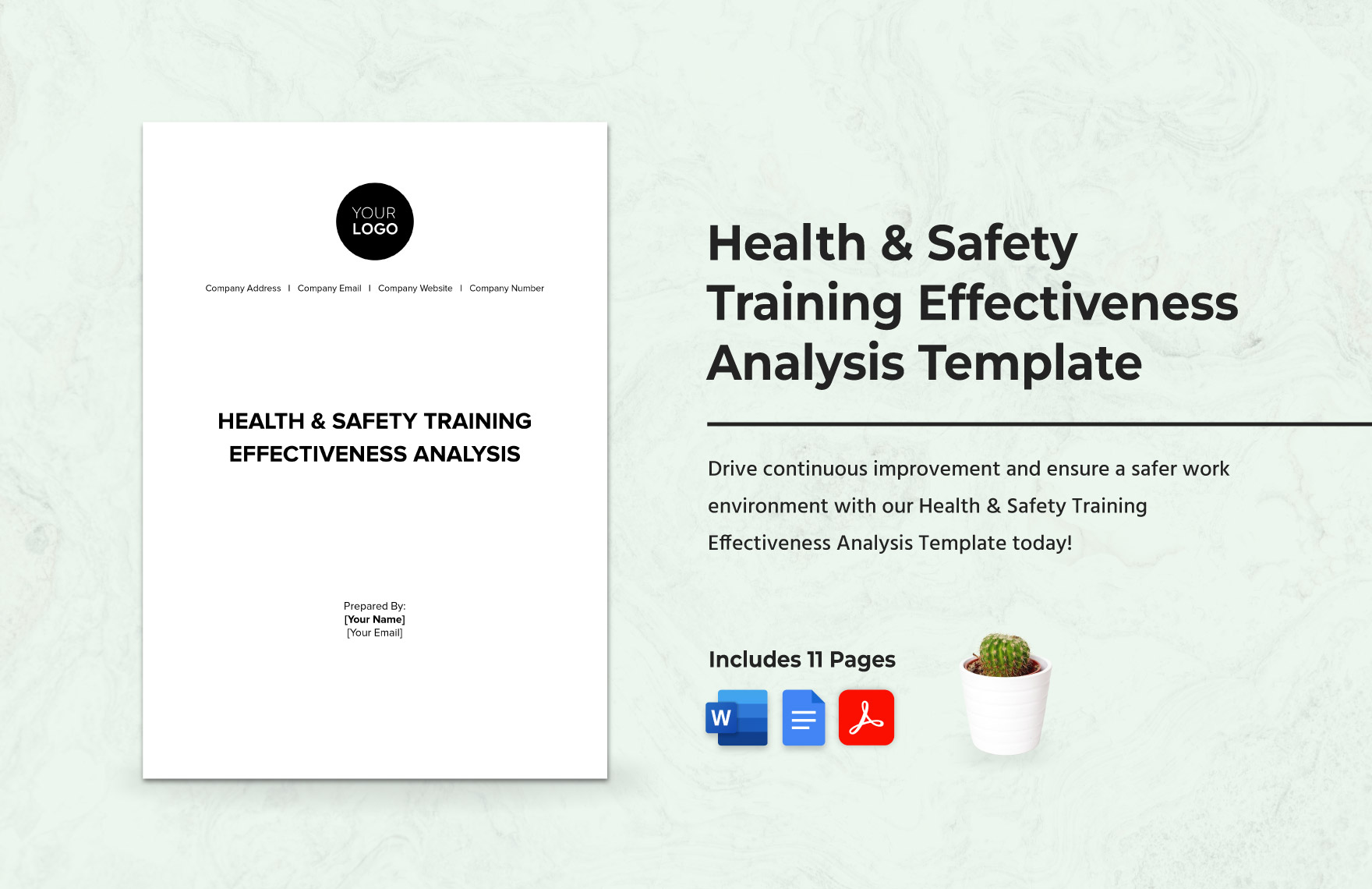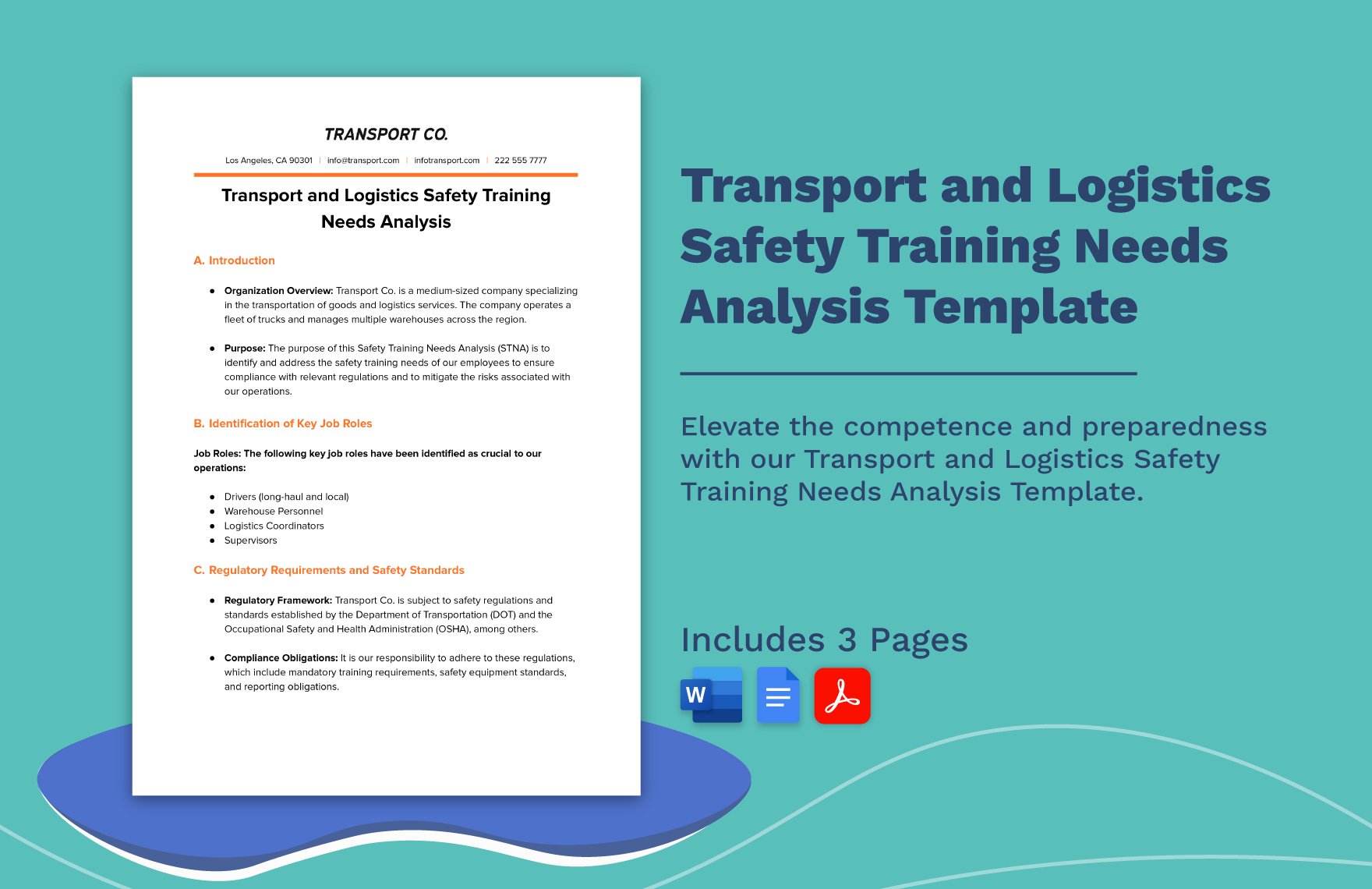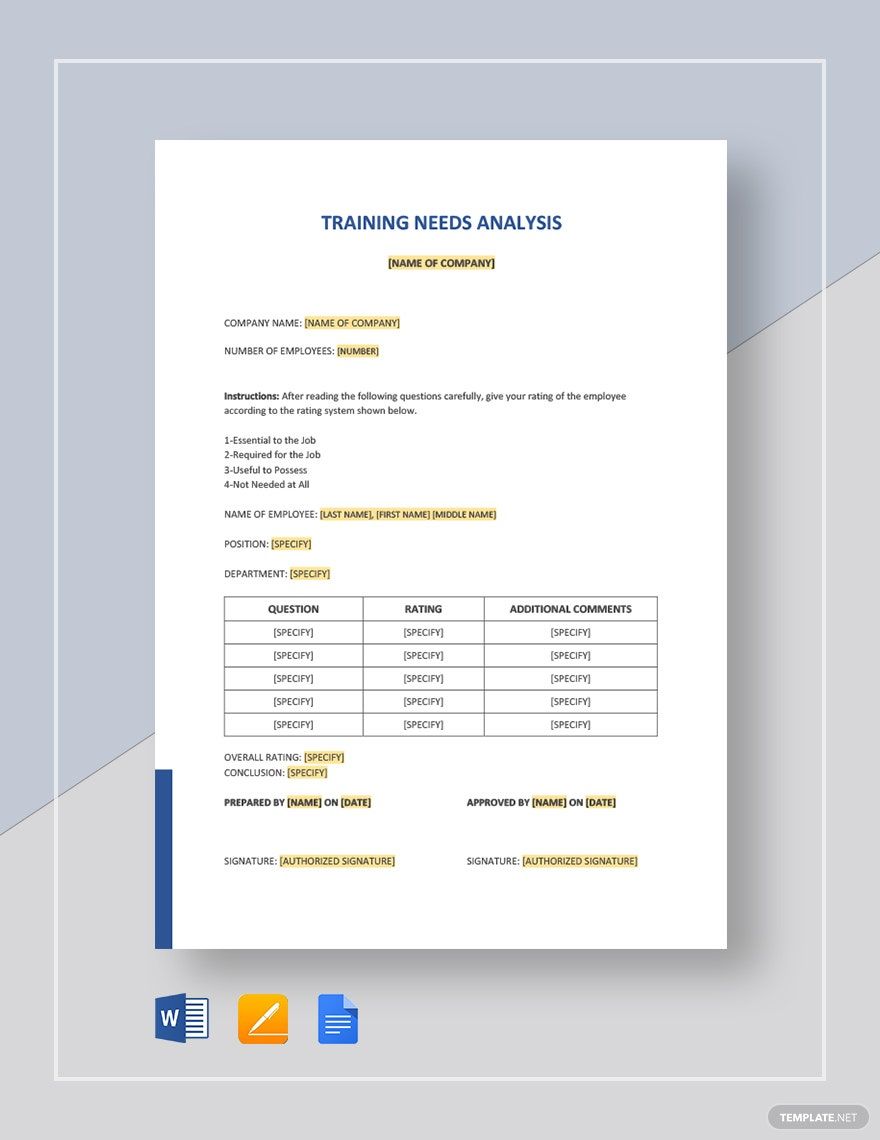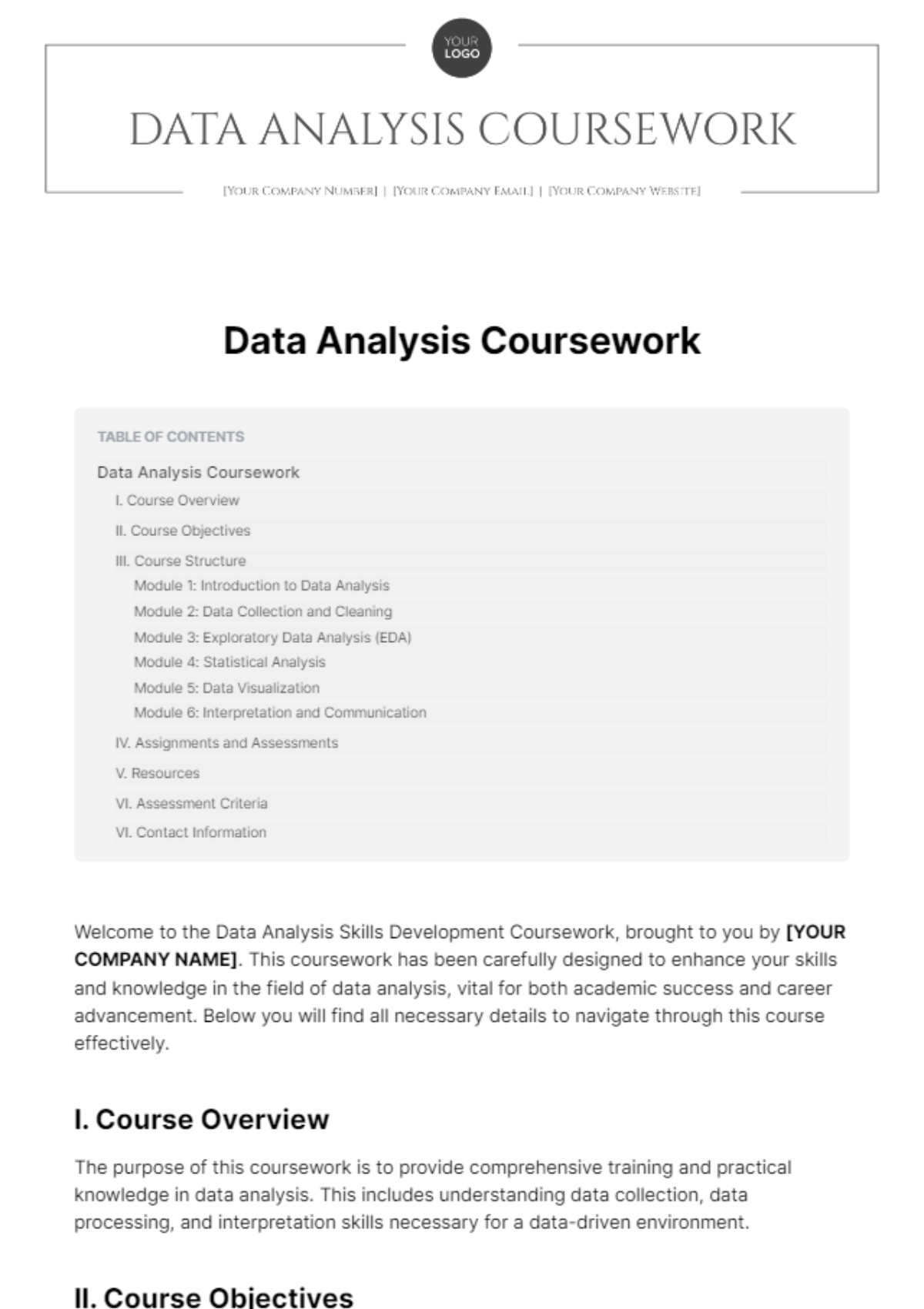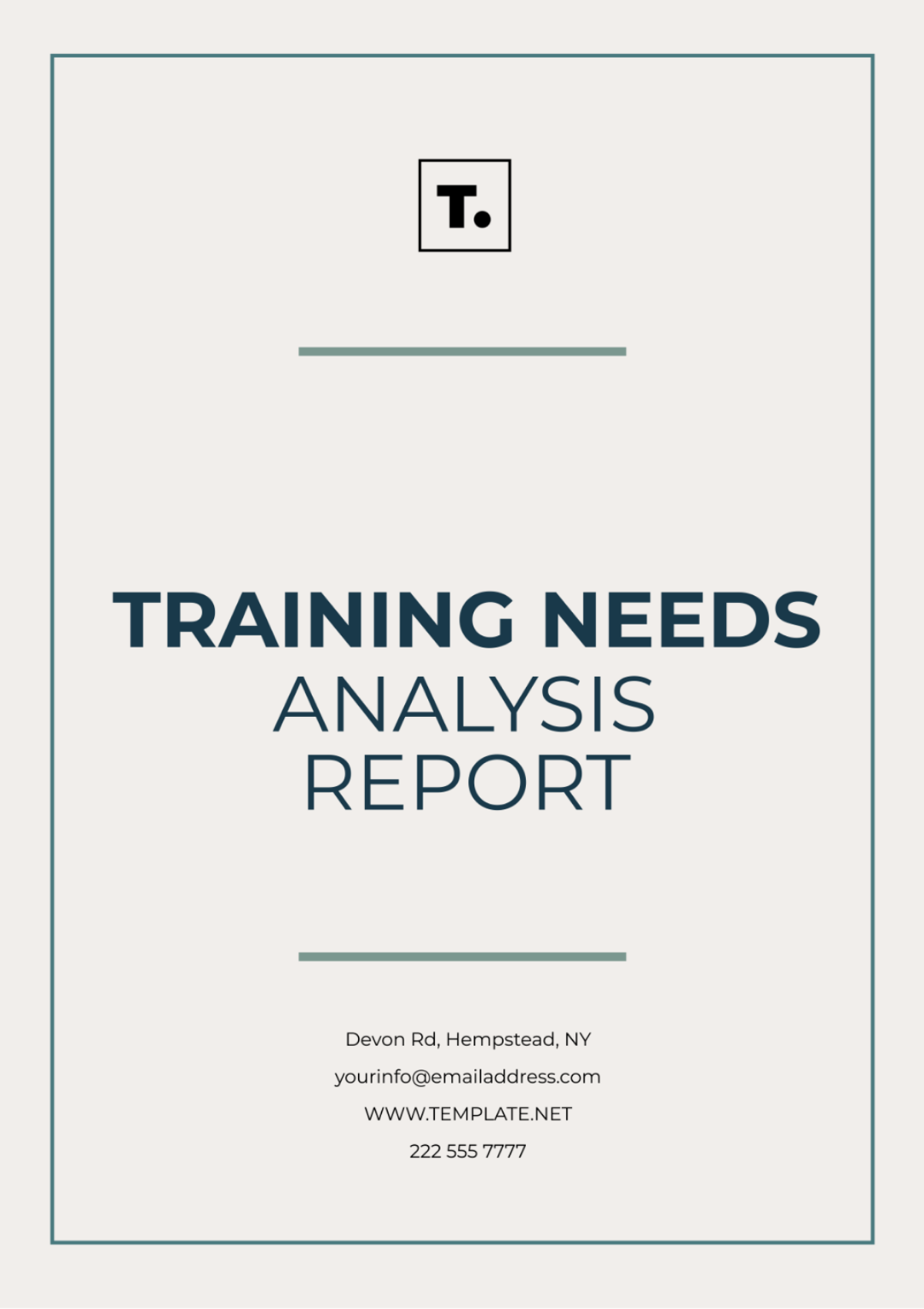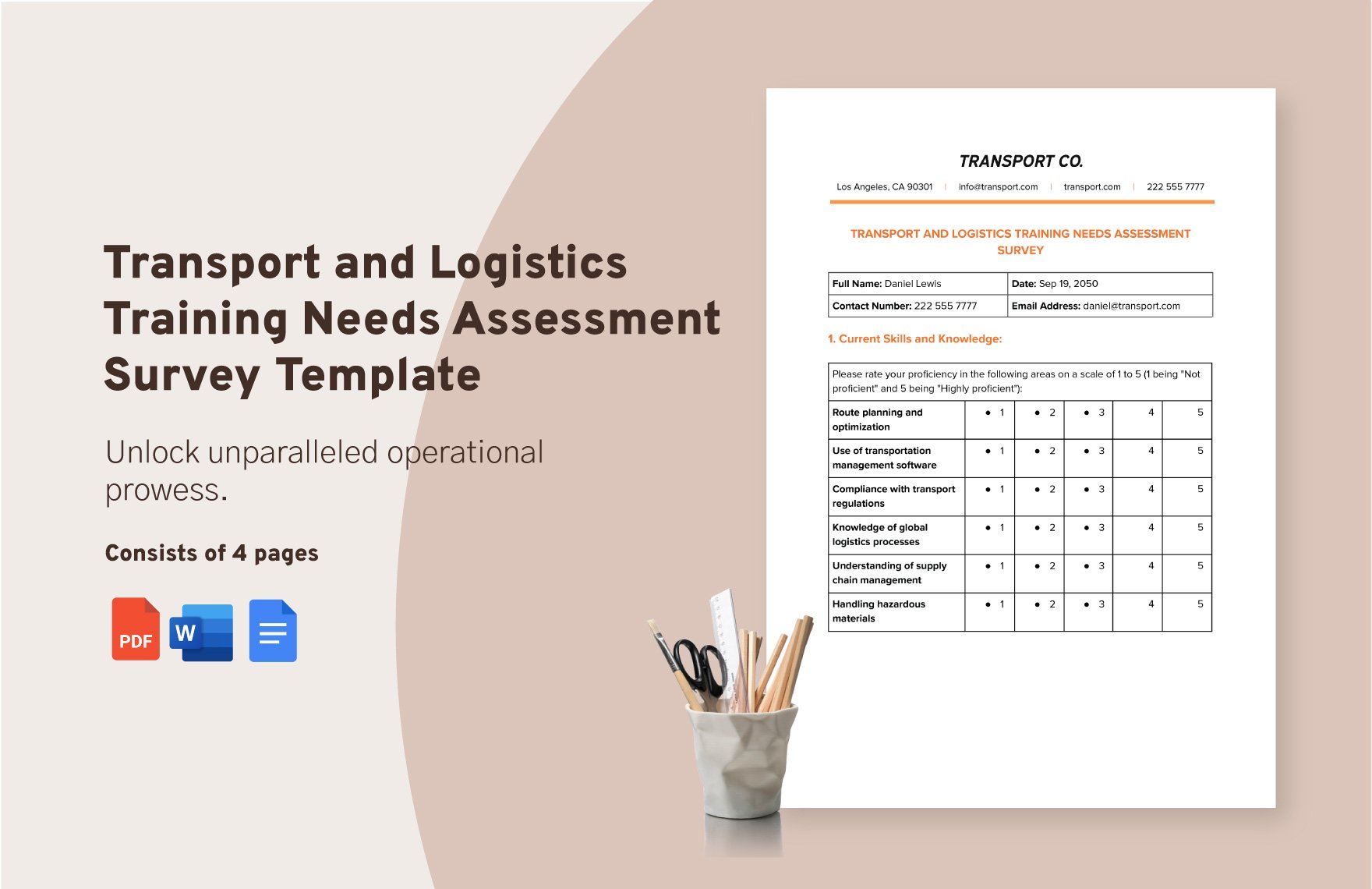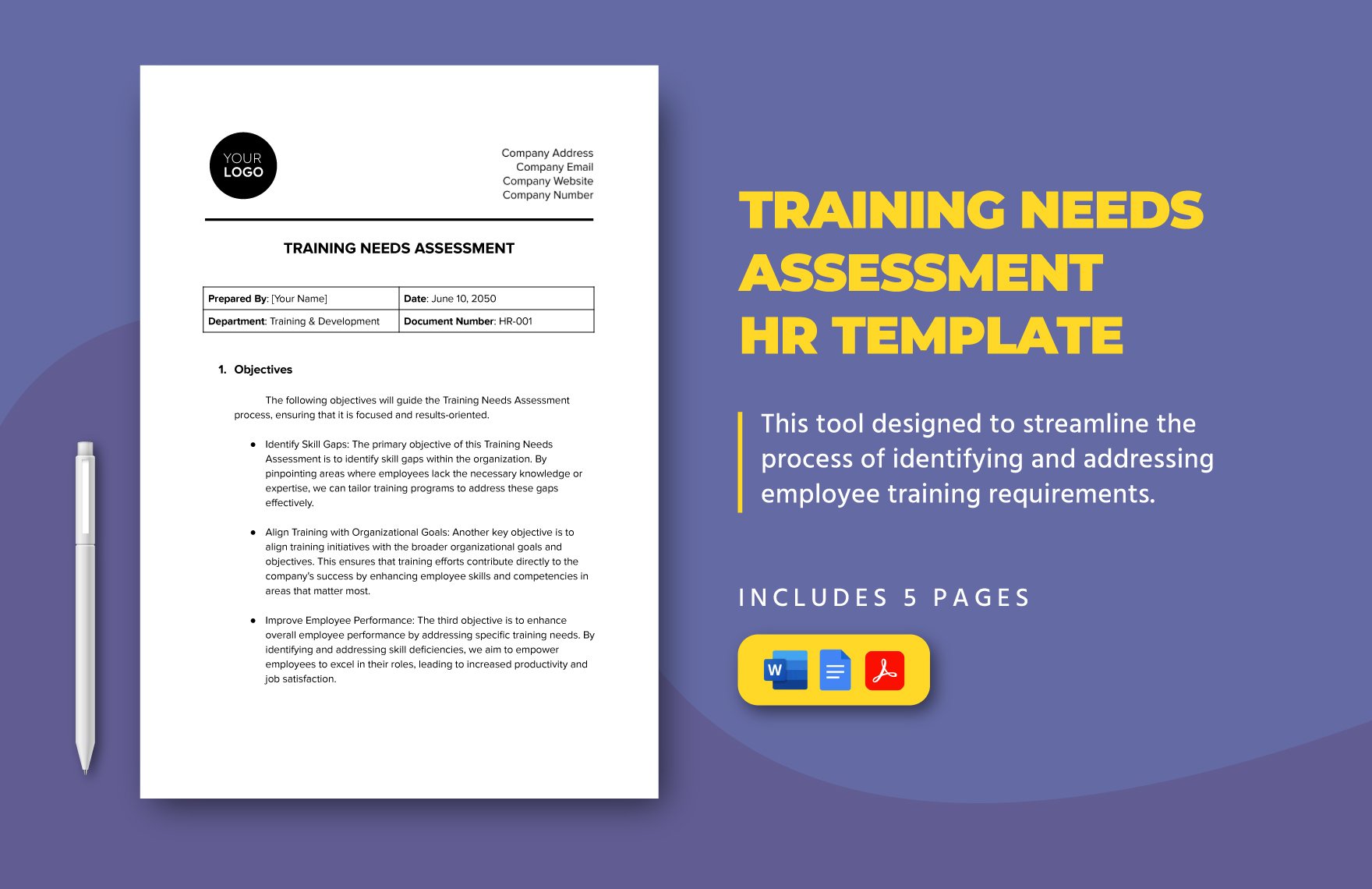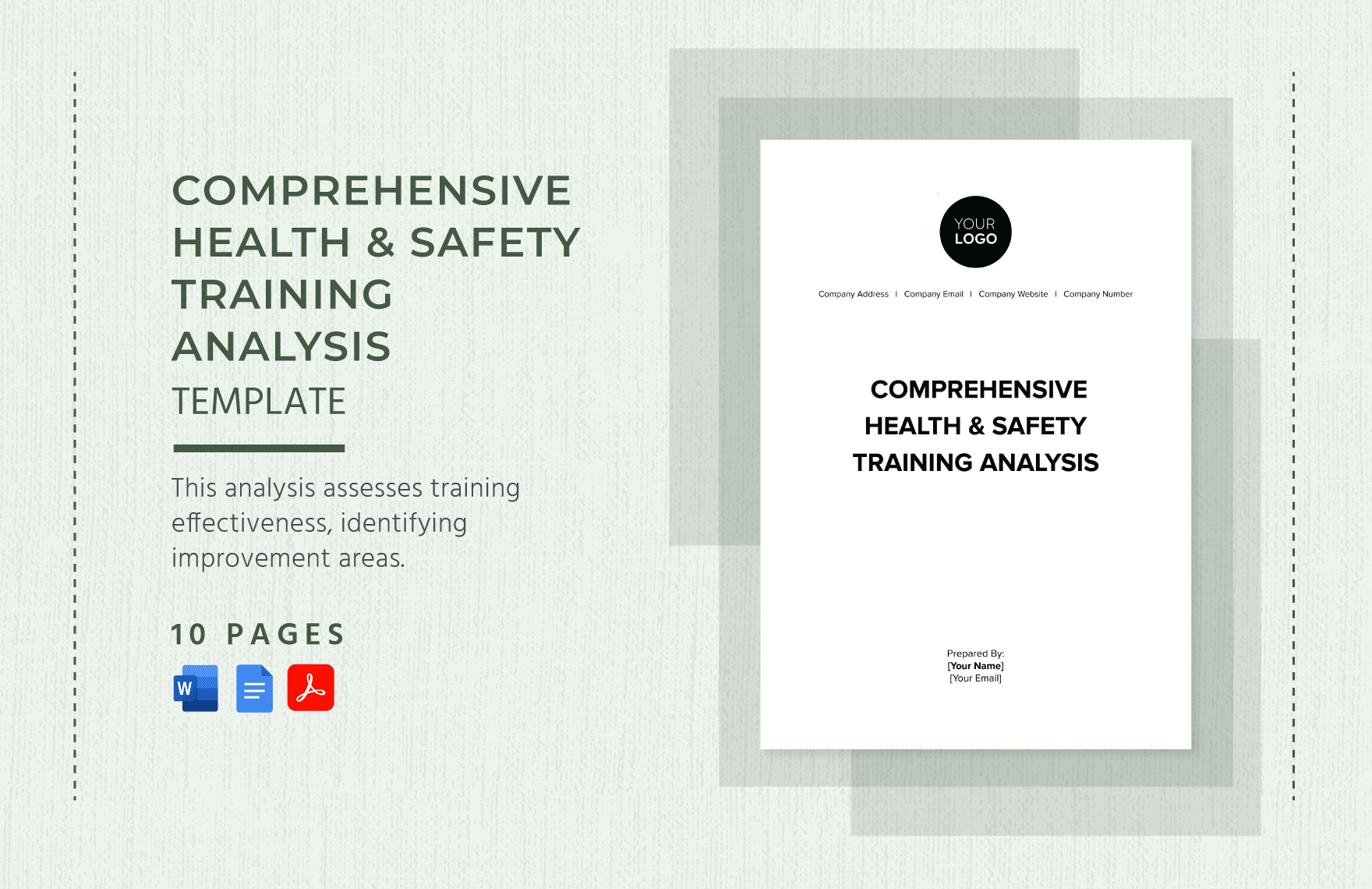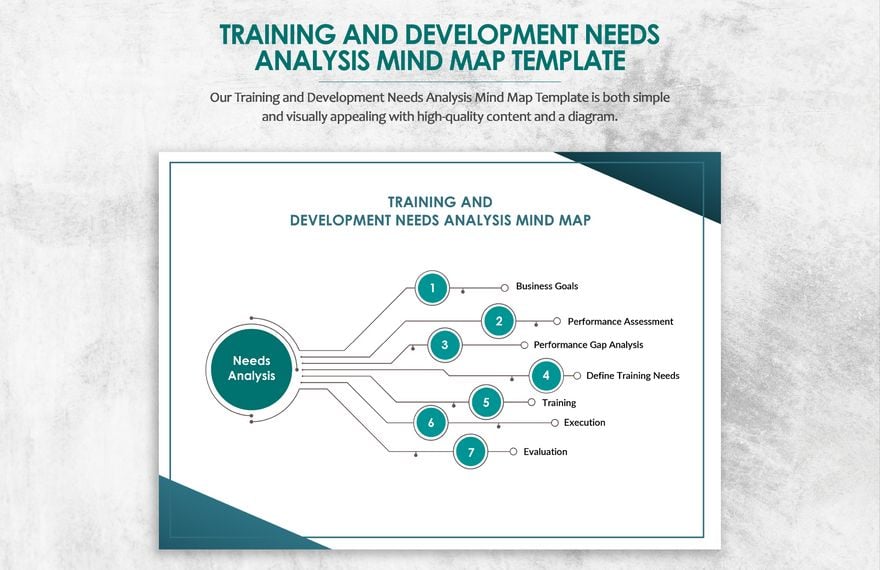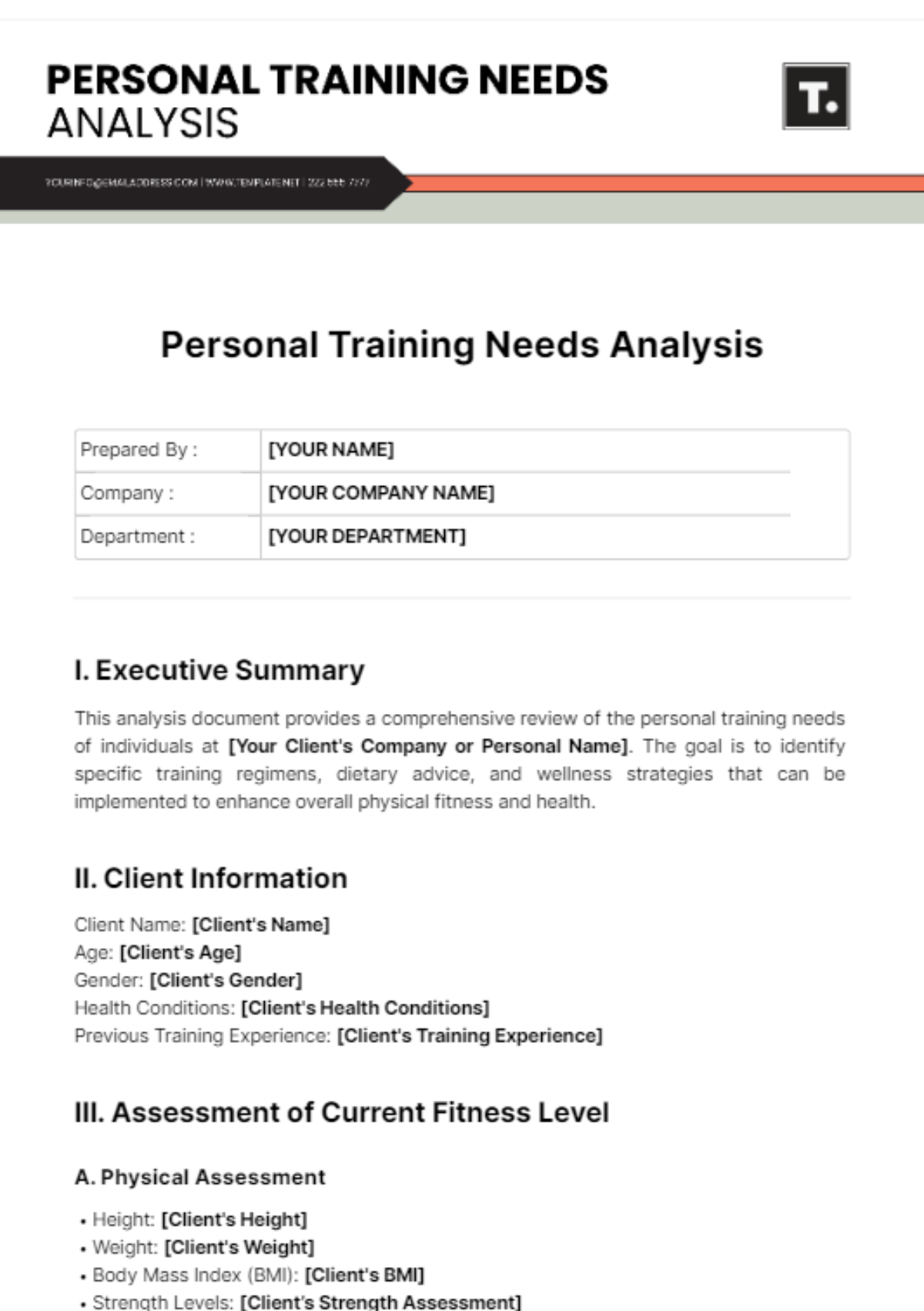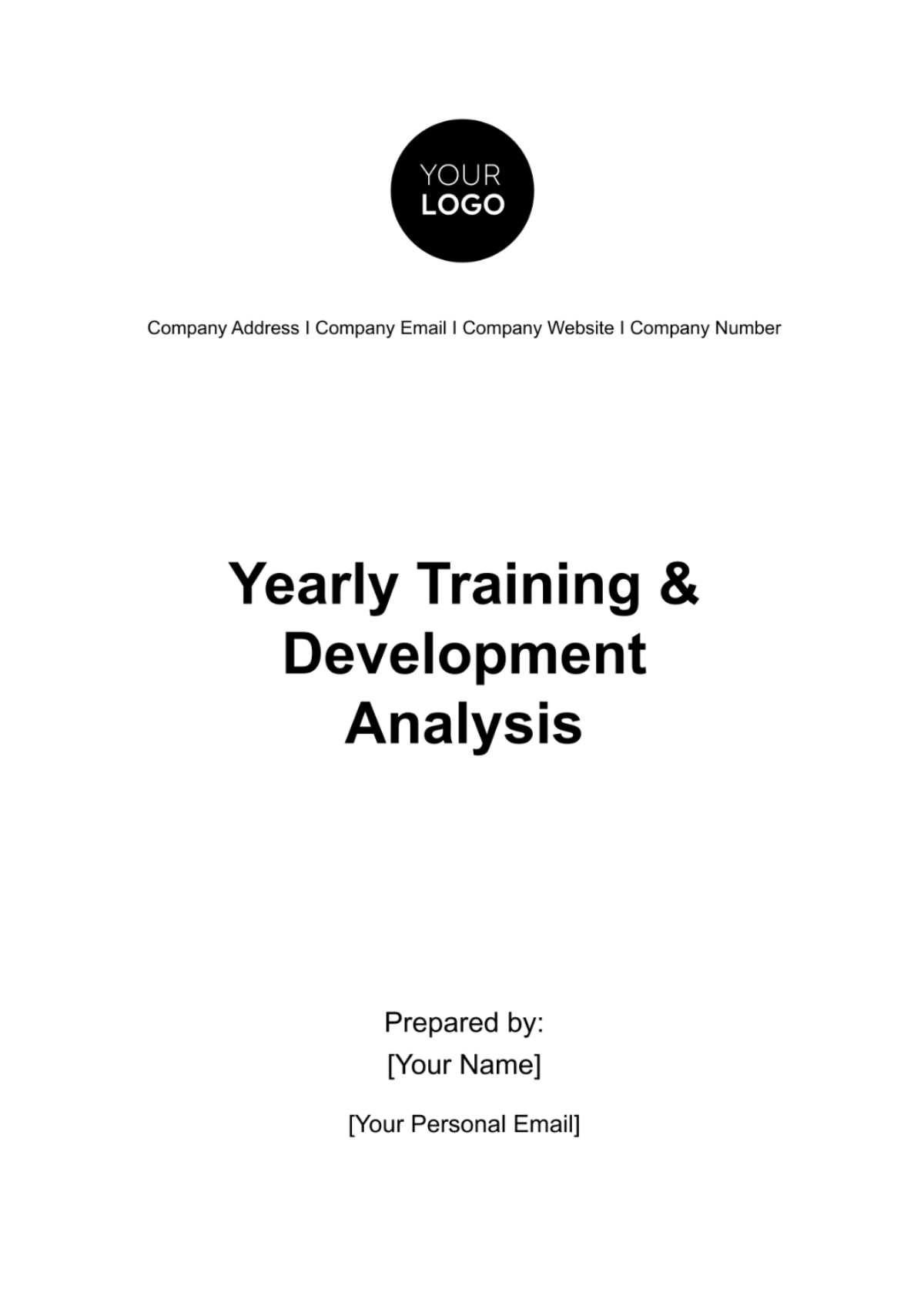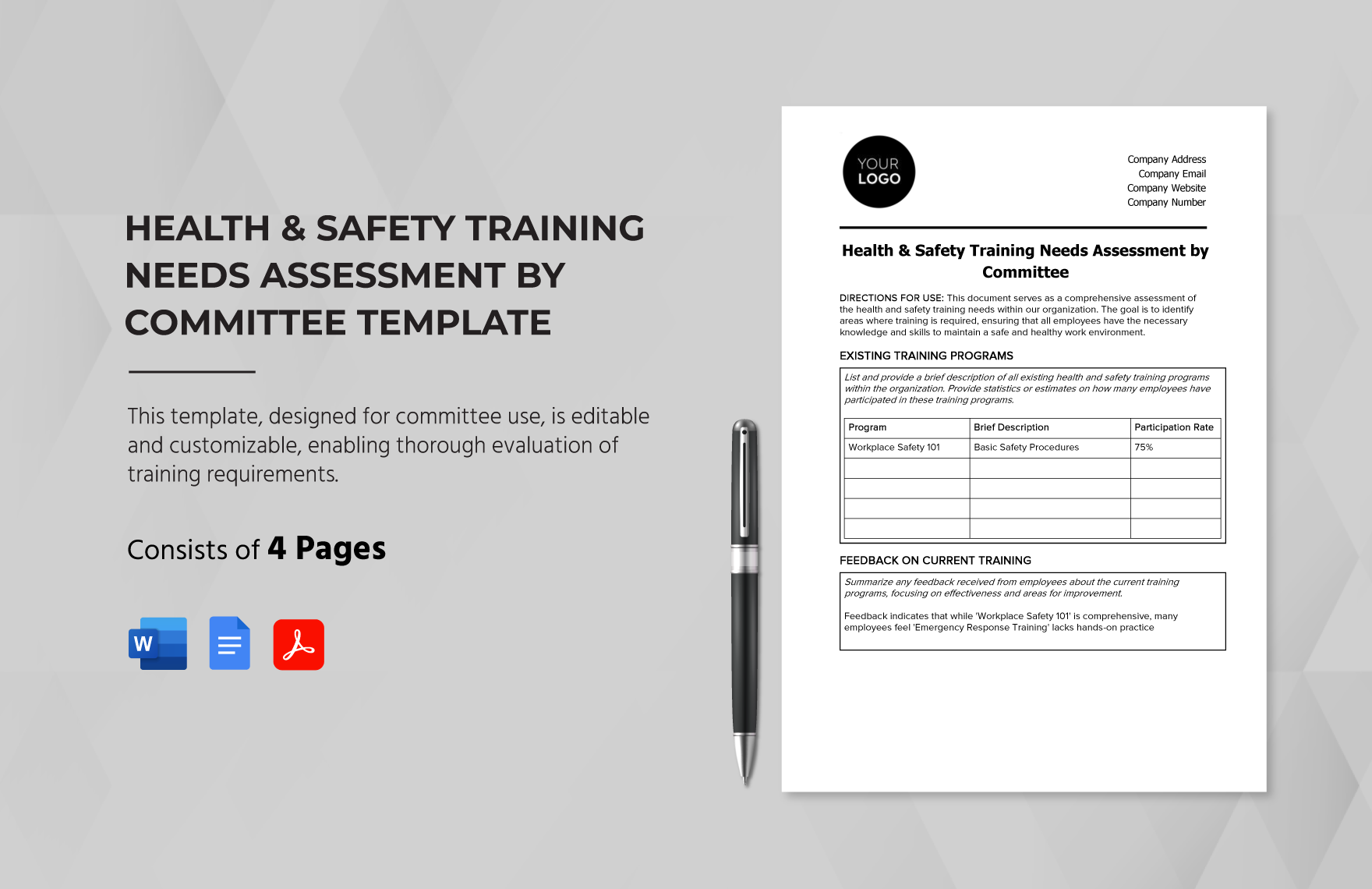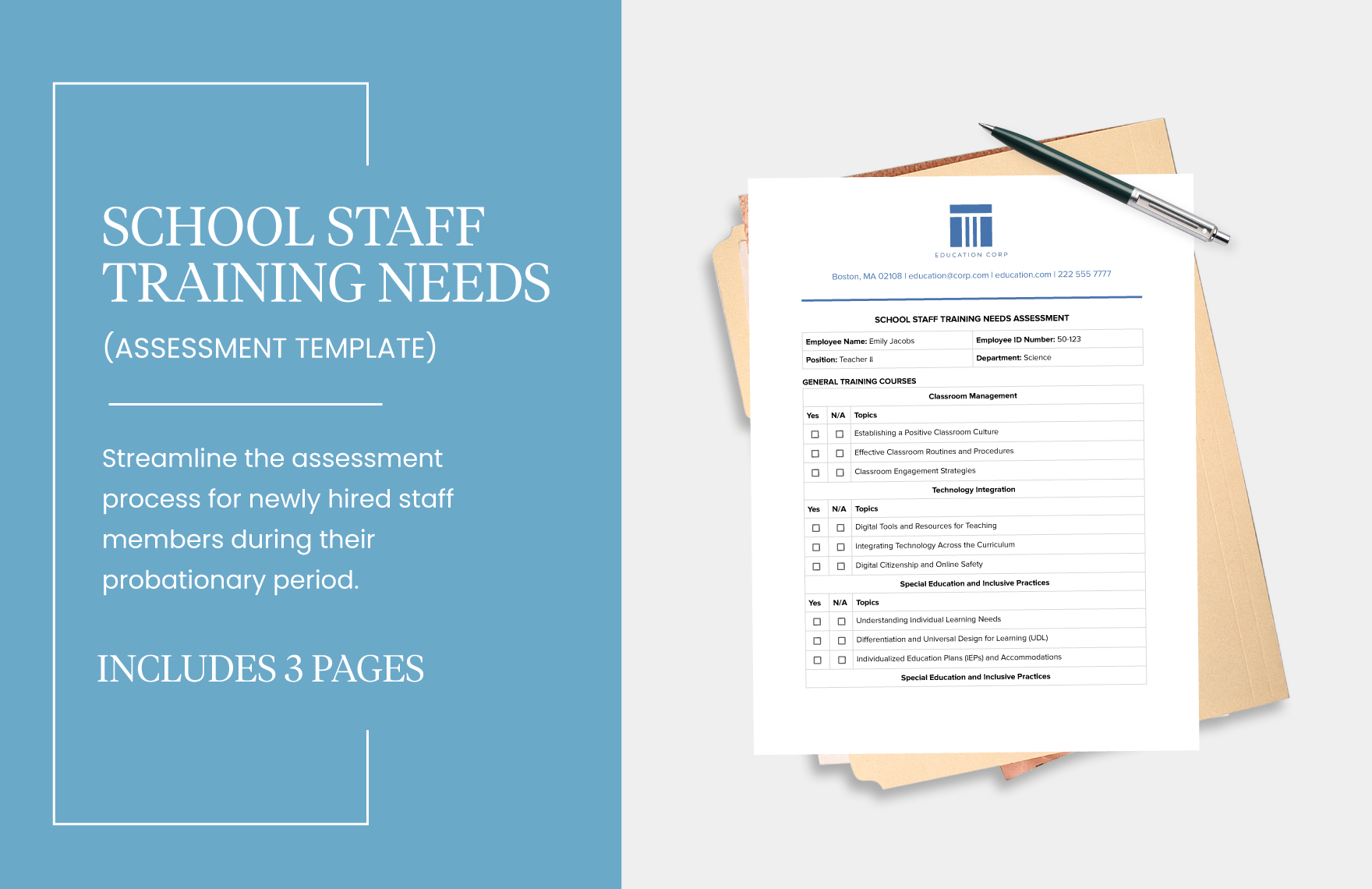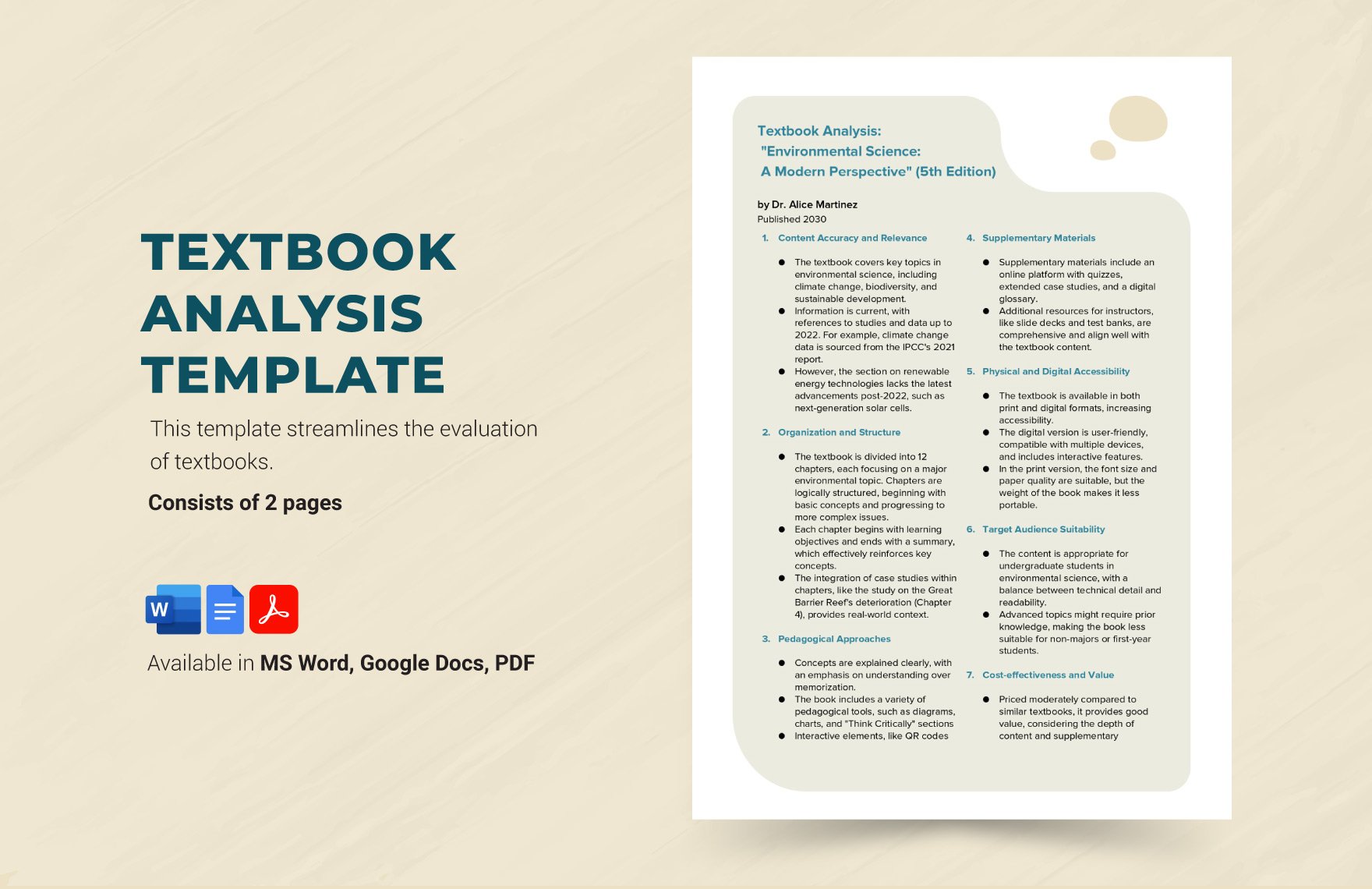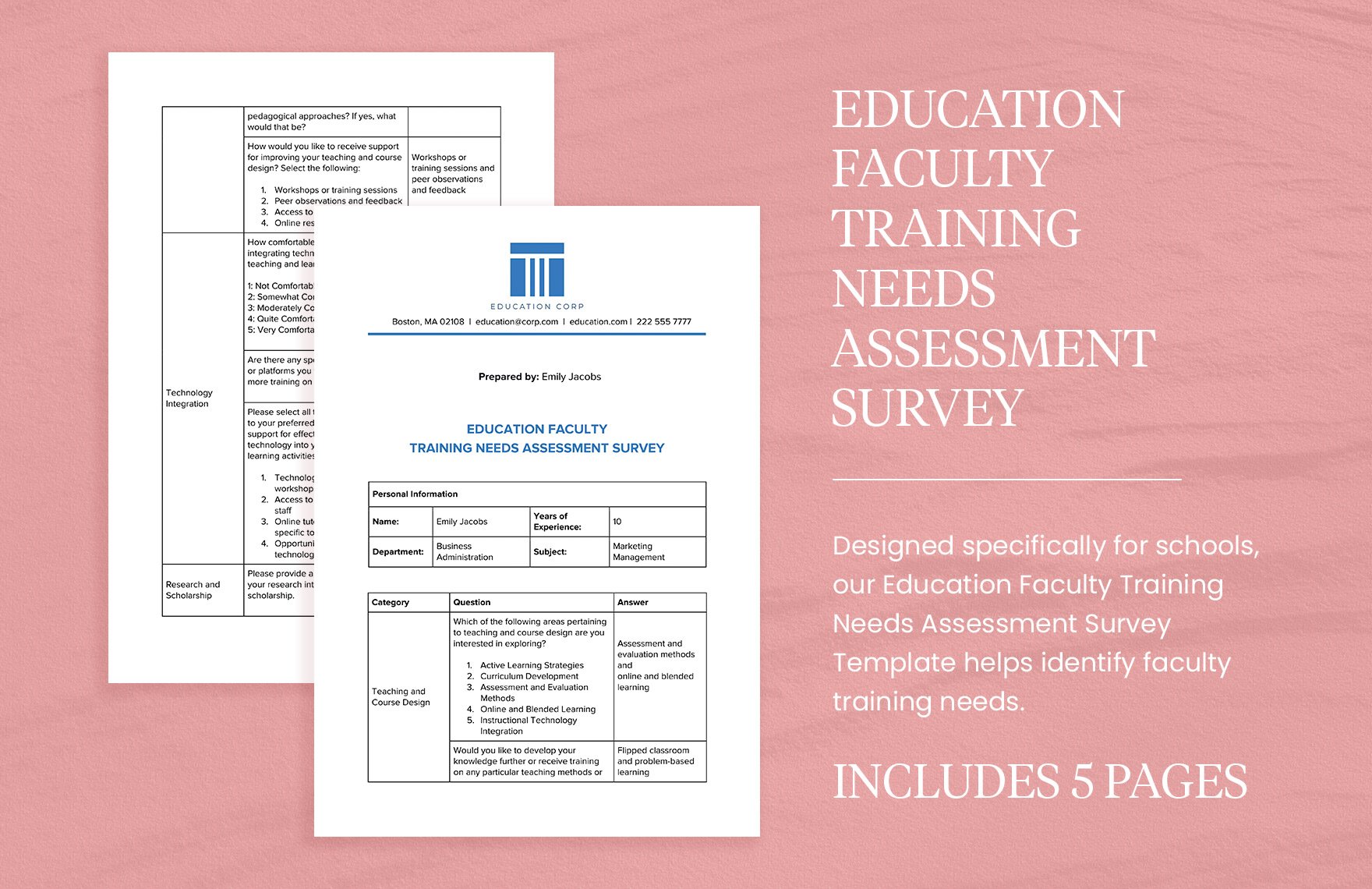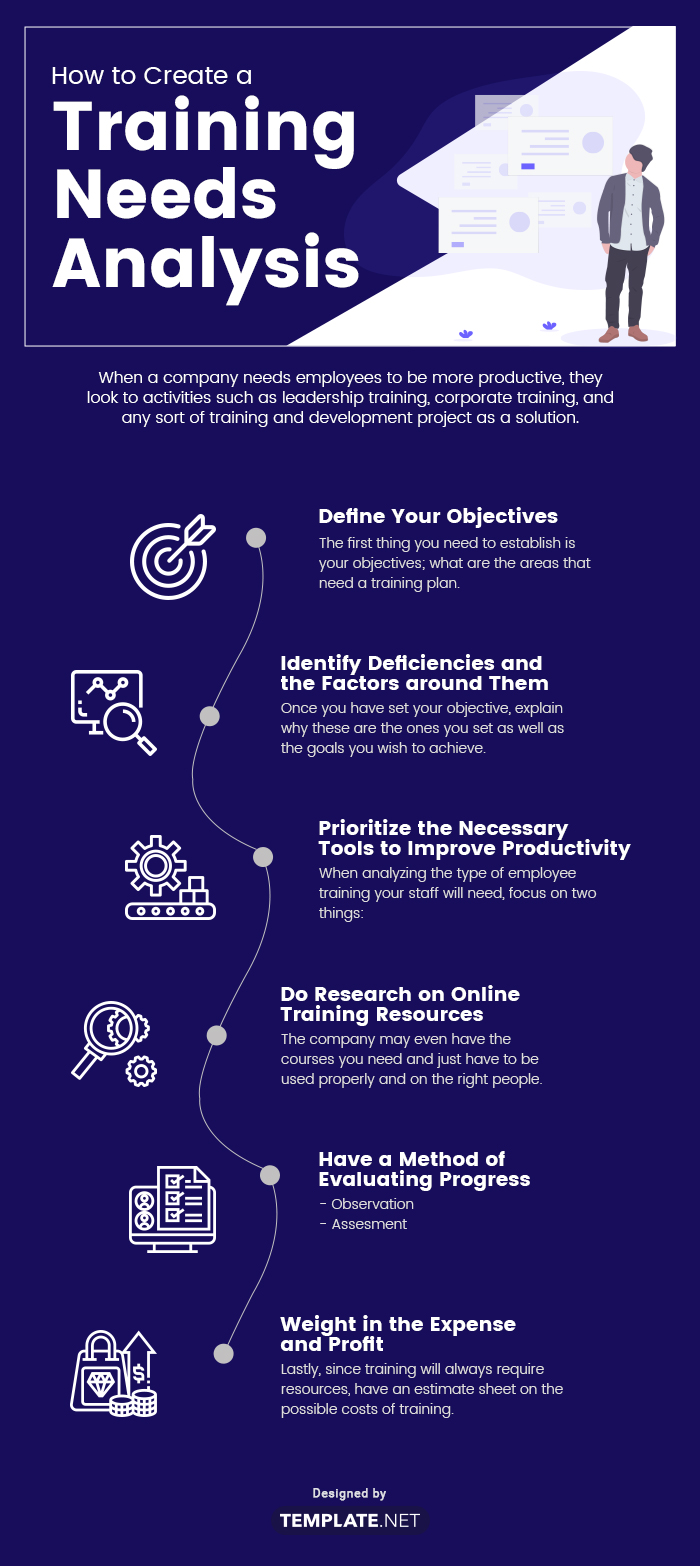A training needs analysis is needed as it's a document that shows what kind of training needs to be prepared to maximize effectiveness. With that said, here are a few ways to write an effective training needs analysis:
1. Define Your Objectives
The first thing you need to establish is your objectives; what are the areas that need a training plan and what do you wish to achieve afterward? This will help set goals for the company and expectations that the trainees need to meet. For example, while conducting a SWOT analysis in a company that produces written products where the problem is low productivity due to slow writers, one of the possible areas you can set as an objective is to be able to train writers to produce content faster while retaining high quality.
2. Identify Deficiencies and the Factors around Them
Once you have set your objective, explain why these are the ones you set as well as the goals you wish to achieve. You can do this by pointing out the problems the company is facing and the factors behind it. Identifying company deficiencies plus their root cause analysis and aligning them with your objectives gives you a better chance at solving said issues and finding the type of training that is most beneficial to your problem.
3. Prioritize the Necessary Tools to Improve Productivity
When analyzing the type of employee training your staff will need, focus on two things: the performance they lack and the skills they need through competitive data analysis. If you want training to be effective, make sure that it helps improve their productivity by giving them the necessary tools to get the job done.
4. Do Research on Online Training Resources
There are plenty of online courses that can help you with this. However, not all of them are effective or are what you're looking for, so be careful. The company may even have the courses you need and just have to be used properly and on the right people. Online training resources are a big help in establishing progress, but they must be used with caution to ensure that there really is progress.
5. Have a Method of Evaluating Progress
Training is only useful if progression can be tracked, hence, give ways to keep updated on employees that have undergrown exercises. There are plenty of methods you can use but here are 2 ways you can do it using competitive analysis:
- Observation - you keep track of the employees' progress after they have been trained and compare their productivity rate to their previous rate before the training to see if there is an actual improvement.
- Assessment - have a meeting about the employees who underwent training to discuss possible progress they made.
6. Weight in the Expense and Profit
Lastly, since training will always require resources, run a cost analysis of the possible costs of training employees and compare it with the benefits you gain in return. If the training to be conducted is exactly what the company needs, then the benefits will be seen over time in the form of higher-quality work and a faster production rate.

